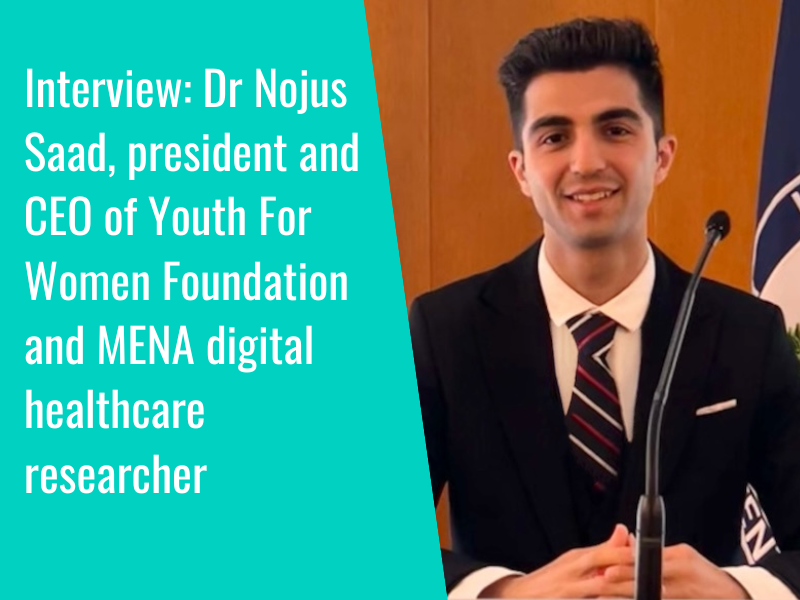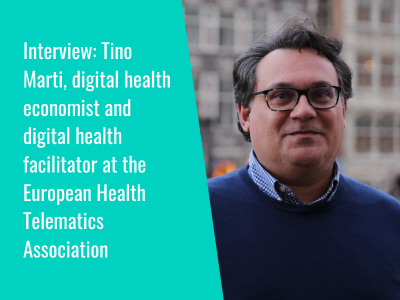Here, we take a deep dive into the current status of health tech in India, covering electronic health records, telemedicine, remote care and more.
Digital health strategy
In July 2020, the Indian National Health Authority published the country’s National Digital Health Mission Strategy Overview, outlining the vision of creating “a national digital health ecosystem that supports universal health coverage in an efficient, accessible, inclusive, affordable, timely and safe manner, that provides a wide-range of data, information and infrastructure services, duly leveraging open, interoperable, standards-based digital systems, and ensures the security, confidentiality and privacy of health-related personal information”.
Objectives set out by the strategy document include managing “core digital health data, and the infrastructure required for its seamless exchange”; establishing registries for a “single source of trust” across clinical establishments; enforcing adoption of open standards by “all national digital health stakeholders”; creating a personal health record system; promoting the “development of enterprise-class health application systems”; enhancing the use of health data analytics to manage health sector needs; and encouraging the use of clinical decision support systems by health professionals.
The mission strategy also outlines a set of technology principles, covering commitments to maintaining conformity to open standards, ensuring that all building blocks of the mission can function in an interoperable manner, and promoting an open API-based ecosystem.
Electronic health records
In 2013, the Indian Ministry of Health and Family Welfare published the Electronic Health Record (EHR) Standards for India, which were updated again in December of 2016, with the aim of establishing a “lifelong medical record” for citizens.
The standards set out a number of key features which health record systems “must have”, including patient identifiers such as the UIDAI Aadhaar Number, conformity with ISO standards on architecture, communication and clinical decision support, and medical terminology and coding standards.
A recent update published in August of 2023 by the Ministry announced the launch of the Ayushman Bharat Digital Mission (ABDM) which aims to “develop the backbone necessary to support the integrated digital health infrastructure of the country and create longitudinal Electronic Health Record for the citizen”.
The update went on to share that the Union Health Ministry has provided EHR standards to “facilitate interoperability of healthcare information across various health IT systems”; that the National Health Authority has issued several guidelines to “govern the conduct of digital health applications which are integrated with ABDM ecosystem”; and to define policies and procedures for “authenticating digital healthcare applications which are part of ABDM ecosystem”.
To encourage uptake, the National Health Authority launched the Digital Health Incentives Scheme in January 2023, offering incentives to hospitals and health providers for “adopting and enabling transformative digitisation under ABDM”, whereby providers can earn financial incentives based on the number of digital health records created and linked to the Ayushman Bharat Health Account numbers of patients.
According to the ABDM insight dashboard, to date, almost 600 million ABHA accounts have been created, with almost 37 million of those linked with digital health records.
Telemedicine
In March 2020, the Board of Governors in supersession of the Medical Council of India published national telemedicine practice guidelines, which provided the definition, scope, and other guidance around the use of telemedicine in the country. In particular, the guidelines highlight the value of telemedicine in reaching “rural patients” and reducing the “burden on the secondary hospitals”.
“eSanjeevani“, the national telemedicine service in India, is designed to provide “quick and easy access to doctors and medical specialists”, allowing patients free access from their smartphones or other devices. The service offers chat and video consultations, and reportedly also benefits from a multilingual interface.
Patients register or log in before booking a virtual consultation with a doctor or specialist, at which time they can receive an e-prescription if required. To make the service more accessible, patients can also take an “assisted telemedicine” pathway, by visiting a local health and wellness centre, where support is available to help them register and access virtual services.
Hospitals
In terms of innovation and digital transformation, what’s currently happening within Indian hospitals?
P.D. Hinduja Hospital & Medical Research Centre recently announced a new partnership with the UK’s King’s College London, focusing on advancing training, education, and “research capacity building focused on healthcare outcomes”. The collaboration is hoped to “drive forward the development of new technologies” in biomedicine, health data (including AI) and advanced therapies.
The Kokilaben Dhirubhai Ambani Hospital & Medical Research Institute’s website highlights its use of the da Vinci Xi Surgical System, with specialists performing “over 1000” robotic surgeries in two years; the launch of the O-arm® O2 Intra-operative 2D/3D Imaging System and Spine Surgery Suite; the use of robotics in improving hand and arm impairment and for walking in neurologically impaired patients; and new advancements in cancer treatment.
Elsewhere, organisations such as Manipal Hospitals are embracing new technologies by offering services like virtual consultations, e-prescriptions, advanced diagnostics, robotic surgeries, and more.
Research
An article published in Cureus Journal of Medical Science has examined the viability of artificial intelligence and robotics for health in India, looking at current and potential uses for AI across areas of health such as diagnosis, remote patient monitoring, and prediction, as well as the possible benefits and barriers to use of AI in the country.
The article first sets the scene for the use of AI in India, outlining a “gap created by a lack of skilled health professionals” which “can only be bridged by enhancing the use of AI in the health sector”; and the potential for using AI in diagnosis to reduce the workload of health professionals and the costs of treatment.
Authors highlight the adoption of the National Health Policy of India in 2017 as helping to realise “the significant role of technology in healthcare delivery”, including recommending the setting up of a National Digital Health Authority “to regulate, develop and deploy digital health within the field of care”.
In particular, the authors note the potential for AI to help meet “the rapidly growing needs of the Indian healthcare system”, and to overcome the “huge gap in medical personnel in rural areas as compared to urban settings”, adding that “India will need 2.3 million doctors by 2030 to reach the minimum doctor-patient ratio of 1:1000, which the World Health Organisation recommends”.
In terms of robotics in India, the study highlights the introduction of the da Vinci S at the All India Institute of Medical Sciences in New Delhi in 2006, which inspired “an exceptional expansion of robotic surgery”, with “66 centres and more than 500 skilled robotic surgeons in India who had successfully performed more than 12,800 surgeries with the assistance of robots” by 2019.
The study suggests opportunities for the use of AI and robotics in India in a number of areas, including in elderly care, with the potential for the use of “social robots” and “humanoid robots” in delivering care to elderly people; in drug discovery, where authors consider that AI can help speed up the time taken for new drugs to reach the market; AI in helping meet demands on diagnostics; AI in digital consultations or information gathering; and AI to assist in remote patient monitoring.
On barriers to the use of robotics and AI in India, authors refer to the “high cost” of robotic systems and the “meagre budget of the healthcare sector”, as well as a lack of experts or trained professionals who can be responsible for “operating and maintaining” robotic systems or AI. Another important challenge is around the “insufficient laws to address security and privacy issues” around the use of AI.
In conclusion, the study notes that “use of AI and robotics in the healthcare sector in India may prove to be a milestone in improving the present status of healthcare services”, but that these technologies must be “expanded in a phased manner initiating with the reputed and equipped hospitals”, and only if “used judiciously with a standardised reporting and monitoring system in place”.
Citation: Deo N, Anjankar A (2023) Artificial Intelligence With Robotics in Healthcare: A Narrative Review of Its Viability in India. Cureus 15(5): e39416. DOI 10.7759/cureus.39416
For another perspective on international digital health and innovation, click here for our recent deep dive article on Slovenia, covering digital strategy, electronic patient records, research, and more.
- 1
- 2














